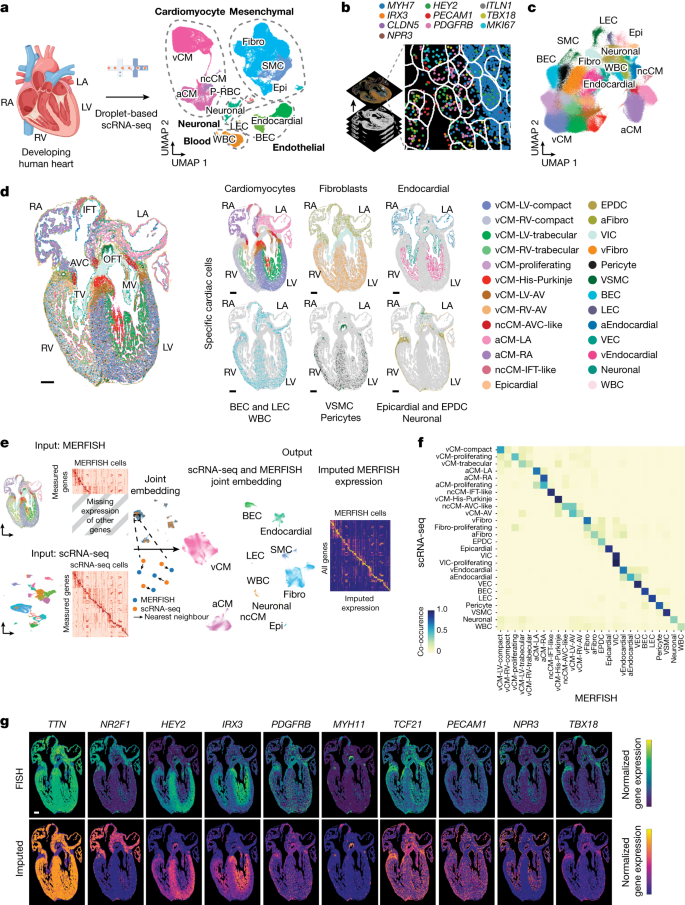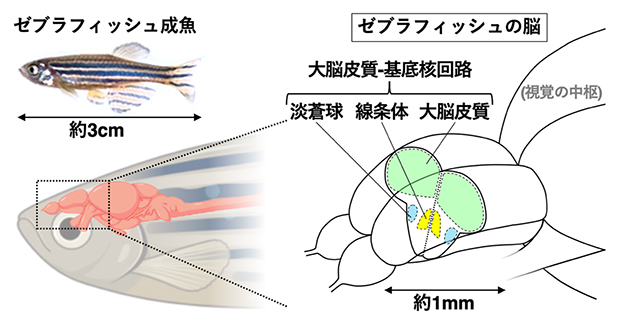2024-03-13 ワシントン州立大学(WSU)
<関連情報>
- https://news.wsu.edu/press-release/2024/03/13/multiple-air-pollutants-linked-to-asthma-symptoms-in-children/
- https://www.sciencedirect.com/science/article/abs/pii/S0048969724012415
米国ワシントン州スポケーンの小学生の喘息症状に関連する大気有害物質の組み合わせを機械学習により同定する Machine learning-driven identification of air toxic combinations associated with asthma symptoms among elementary school children in Spokane, Washington, USA
Solmaz Amiri, Yan-Chak Li, Dedra Buchwald, Gaurav Pandey
Science of The Total Environment Available online:21 February 2024
DOI:https://doi.org/10.1016/j.scitotenv.2024.171102
Highlights
•Children are vulnerable to the adverse effects of exposure to air toxics.
•We used machine learning to examine air toxics associated with asthma symptoms.
•Both known and novel associations with symptoms were identified.
•We found a subgroup of children particularly vulnerable to air toxic exposure.
•Results may inform regulation of air toxics to improve children’s health.
Abstract
Air toxics are atmospheric pollutants with hazardous effects on health and the environment. Although methodological constraints have limited the number of air toxics assessed for associations with health and disease, advances in machine learning (ML) enable the assessment of a much larger set of environmental exposures. We used ML methods to conduct a retrospective study to identify combinations of 109 air toxics associated with asthma symptoms among 269 elementary school students in Spokane, Washington. Data on the frequency of asthma symptoms for these children were obtained from Spokane Public Schools. Their exposure to air toxics was estimated by using the Environmental Protection Agency’s Air Toxics Screening Assessment and National Air Toxics Assessment. We defined three exposure periods: the most recent year (2019), the last three years (2017–2019), and the last five years (2014–2019). We analyzed the data using the ML-based Data-driven ExposurE Profile (DEEP) extraction method. DEEP identified 25 air toxic combinations associated with asthma symptoms in at least one exposure period. Three combinations (1,1,1-trichloroethane, 2-nitropropane, and 2,4,6-trichlorophenol) were significantly associated with asthma symptoms in all three exposure periods. Four air toxics (1,1,1-trichloroethane, 1,1,2,2-tetrachloroethane, BIS (2-ethylhexyl) phthalate (DEHP), and 2,4-dinitrophenol) were associated only in combination with other toxics, and would not have been identified by traditional statistical methods. The application of DEEP also identified a vulnerable subpopulation of children who were exposed to 13 of the 25 significant combinations in at least one exposure period. On average, these children experienced the largest number of asthma symptoms in our sample. By providing evidence on air toxic combinations associated with childhood asthma, our findings may contribute to the regulation of these toxics to improve children’s respiratory health.
Graphical abstract



